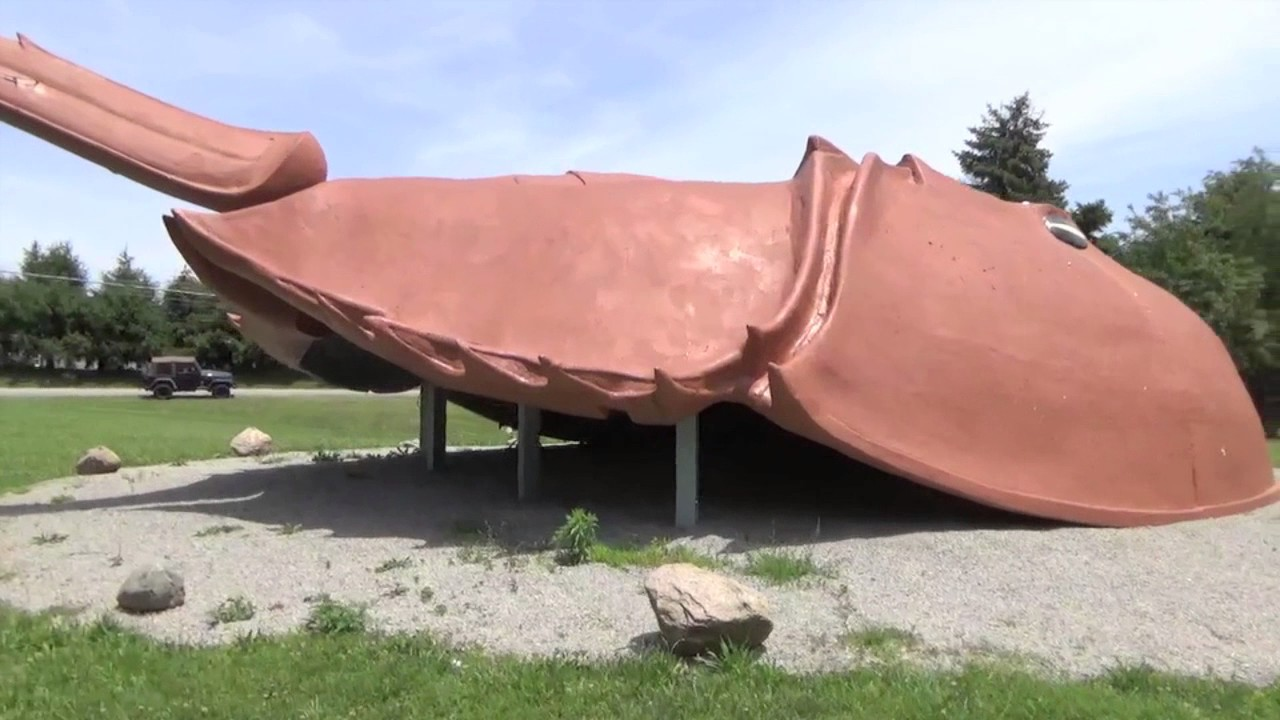1
50
2
61
TIL Mark Mothersbaugh of DEVO carved the world's largest ruby into the shape of a turd.
(greyartmuseum.nyu.edu)
3
35
4
31
TIL about Crabbie, the world's largest (fake) horseshoe crab. It has a very weird history.
(www.atlasobscura.com)
5
77
6
78
8
17
TIL the company Identity Digital owned about 30% of all generally-available TLDs
(en.m.wikipedia.org)
9
44
10
66
11
22
12
65
15
12
17
14
18
13
19
15
20
7
21
3
22
20
24
2
todayilearned
1065 readers
2 users here now
todayilearned
founded 1 year ago
MODERATORS



